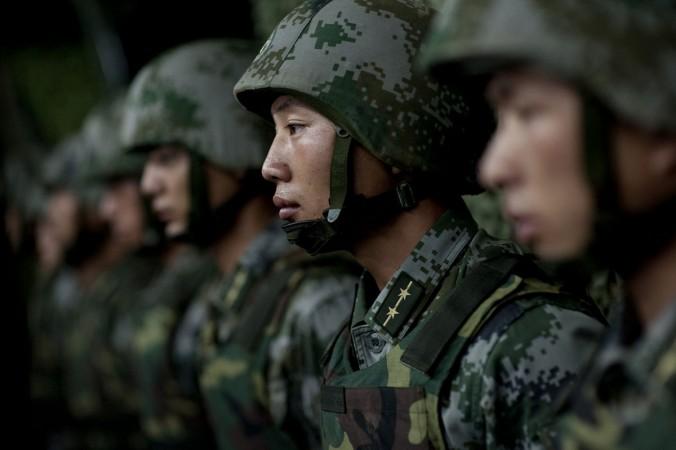In yet another act of transgression, the Chinese Peoples' Liberation Army (PLA) crossed over to the Line of Actual Control and entered the Indian territory in Barahoti, Uttarakhand. The transgression took place last month where more than 100 soldiers of PLA soldiers entered the Indian border and returned to their areas after damaging some infrastructure. As per a report in the Economic Times, the officers swung into action as soon as they came to know about the activities of Chinese soldiers.
Chinese soldiers remained in the Indian territory for about 3 hours. The information was given to the ITBP personnel by the local people. After the information, a detachment of the army reached there, the Chinese soldiers had left from there. After this incident, a patrol team is continuously manning the area.

Barahoti is not an area of Flashpoint
In recent years, the Barahoti area has not been one of the major flashpoints, although minor incidents have been reported here. Before the 1962 war, China had carried out infiltration in this area. For the first time in 1954, Chinese soldiers were seen in the area with equipment, which later increased. On August 30 also, about 100 soldiers had appeared inside the border, but when the Indian Army personnel reached, the Chinese soldiers crossed the border and returned.
There have been reports of infiltration of Chinese People's Liberation Army (PLA) soldiers along the Line of Actual Control in Barahoti, Uttarakhand. There were such reports in the year 2018, three times in the month of August, Chinese soldiers were seen near the ITBP post. The Chinese soldiers who entered the Indian border had to step back due to strong opposition from the soldiers.

Notably, Barahoti Peak is located to the north of Nanda Devi National Park and soldiers walk on that side from the last point reached by car. This peak is connected to Joshimath, where the Indian Army and ITBP camps remain on alert mode to thwart any major Chinese operation. ITBP monitors about 350 km long border in Uttarakhand, which is part of LAC.

















